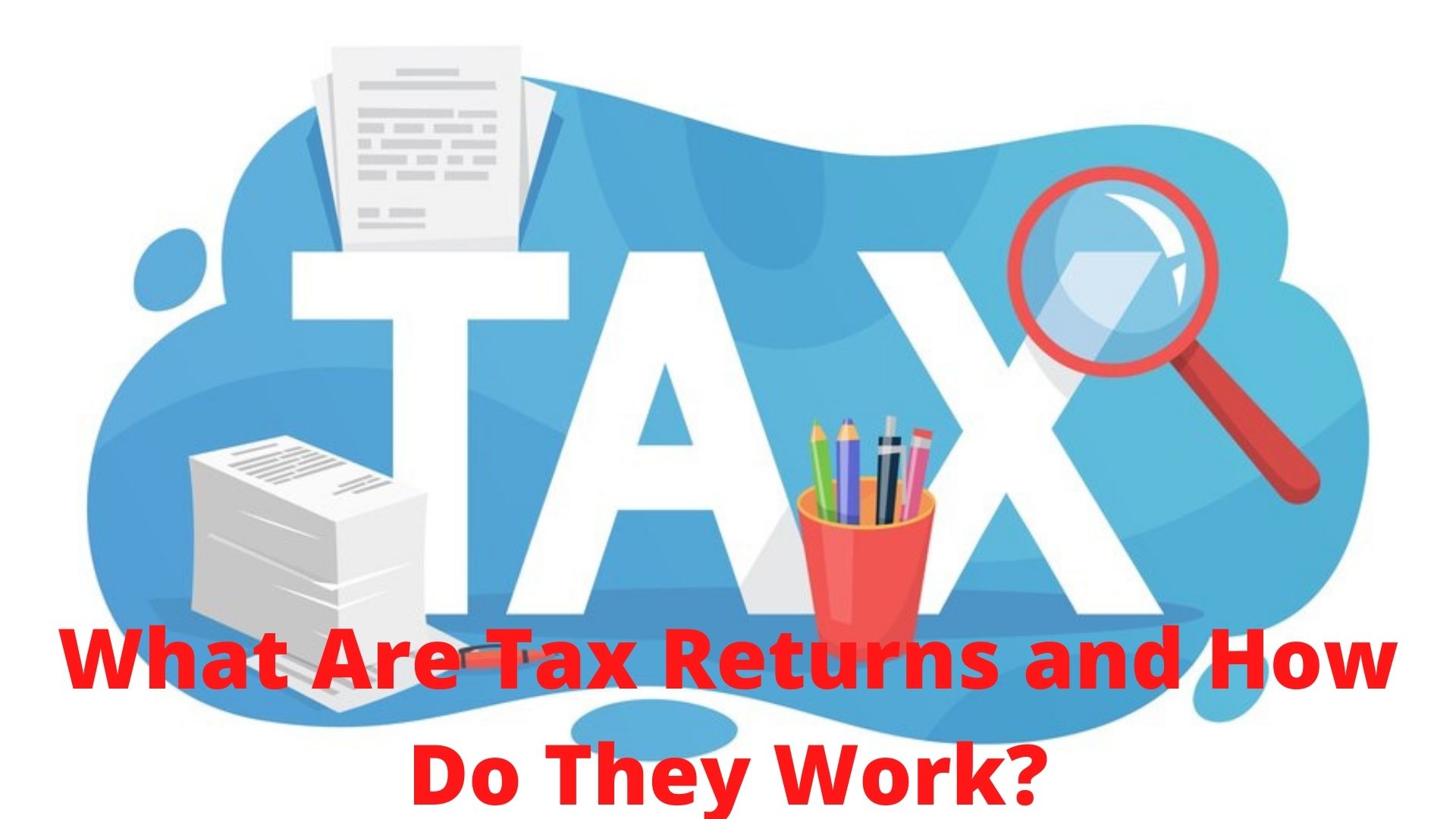If you earn enough money each year, you must submit tax returns with both the federal government and your state, depending on where you live. The purpose is to inform the Internal Revenue Service (IRS) of your earnings for the preceding year.
Also Read: Income Tax Return Filing
Filling out tax forms will reveal whether you owe the government money or whether they owe you money because you overpaid taxes during the year.
It’s not that difficult to file your federal and state income tax forms once you understand how they function and what information the government requires. As you continue to earn money year after year, doing your taxes will become a tedious annual ritual.
What Does A Tax Return Entail?
The goal of a tax return is straightforward: It’s a set of documents that you fill out to show. The government how much money you made and how much tax you’ve already paid for the year.
If you work as an hourly or salaried employee, your employer deducts a percentage of your income to cover the taxes you owe the government. You may end up paying too much in taxes during the year depending on how much your employer withholds.
You are entitled to a refund if this occurs. Because you overpaid throughout the year, the government will reimburse you for the difference.
Once a year, you’ll have to file your state and federal tax taxes. Generally, you must mail your previous year’s tax returns by the end of the day on April 15 of the current year. If Tax Day falls on a weekend or a federal holiday, it will be moved to the next business day.
How Are Tax Returns Prepared?
You’ll file your taxes using IRS Form 1040 whether you’re a salaried or hourly employee, a freelancer or an independent contractor.
This form is used to submit your earnings and tax deductions. Wages, salaries, tips, dividends, alimony, company income, capital gains, individual retirement account (IRA) payments, Social Security benefits, and other forms of income are all included in your income.
You can also claim deductions to reduce your taxable income for the year. Payments to an IRA throughout the year. Interest on student loans, and contributions to a health savings plan are all possible deductions.
Subtracting your deductions from your annual income yields your adjusted gross income. This is your taxable income, or the money you have to pay taxes on.
Many taxpayers will have to submit returns to both the federal and state governments. Because most states require residents to pay income taxes, this is the case.
How to Fill Out Tax Forms
It may seem intimidating to sit down and manually submit or e-file your taxes. But you can help the process go more smoothly if you gather your key financial and personal information before you begin your 1040 form.
Documents Required for Tax Return Filing
To begin, you’ll need to supply basic personal information for everyone on your return. Such as their Social Security number or tax ID number and their date of birth. This will normally include not just your personal information and birthdate, but also that of your spouse and dependents.
Deductions from taxes
Tax breaks are really beneficial. These can be deducted from your adjusted gross income, lowering your taxable income for the year. Your taxable income and taxes will be reduced if you claim more deductions on your tax return. Just make sure you claim just the deductions to which you are legally entitled.
The standard deduction is the most popular deduction. If you don’t itemize other deductions, this is the amount you can deduct from your taxes.
If the standard deduction is larger than the entire amount of additional deductions you are eligible for, it makes sense to take it. You can, for example, claim the following deductions:
- Your mortgage interest payment
- Interest paid on student loans
- You made charitable contributions.
- You contributed to a good cause.
- Expenses of self-employment
If you’re single and your additional deductions amount more than $12,550, skipping the standard deduction and itemizing your deductions on your tax returns makes sense.
Suggested Read: Income Tax Advisory Services


